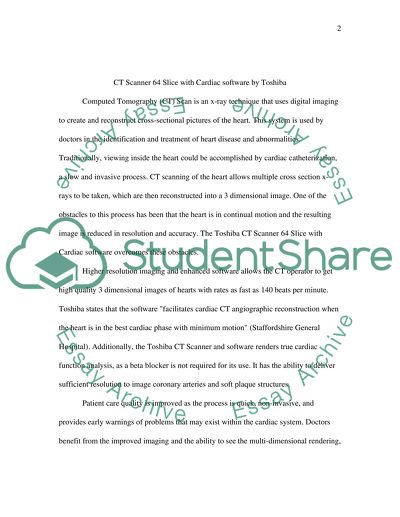Cite this document
(Medical Imaging Report Example | Topics and Well Written Essays - 1750 words, n.d.)
Medical Imaging Report Example | Topics and Well Written Essays - 1750 words. https://studentshare.org/medical-science/1519369-medical-image-marketing
Medical Imaging Report Example | Topics and Well Written Essays - 1750 words. https://studentshare.org/medical-science/1519369-medical-image-marketing
(Medical Imaging Report Example | Topics and Well Written Essays - 1750 Words)
Medical Imaging Report Example | Topics and Well Written Essays - 1750 Words. https://studentshare.org/medical-science/1519369-medical-image-marketing.
Medical Imaging Report Example | Topics and Well Written Essays - 1750 Words. https://studentshare.org/medical-science/1519369-medical-image-marketing.
“Medical Imaging Report Example | Topics and Well Written Essays - 1750 Words”. https://studentshare.org/medical-science/1519369-medical-image-marketing.


